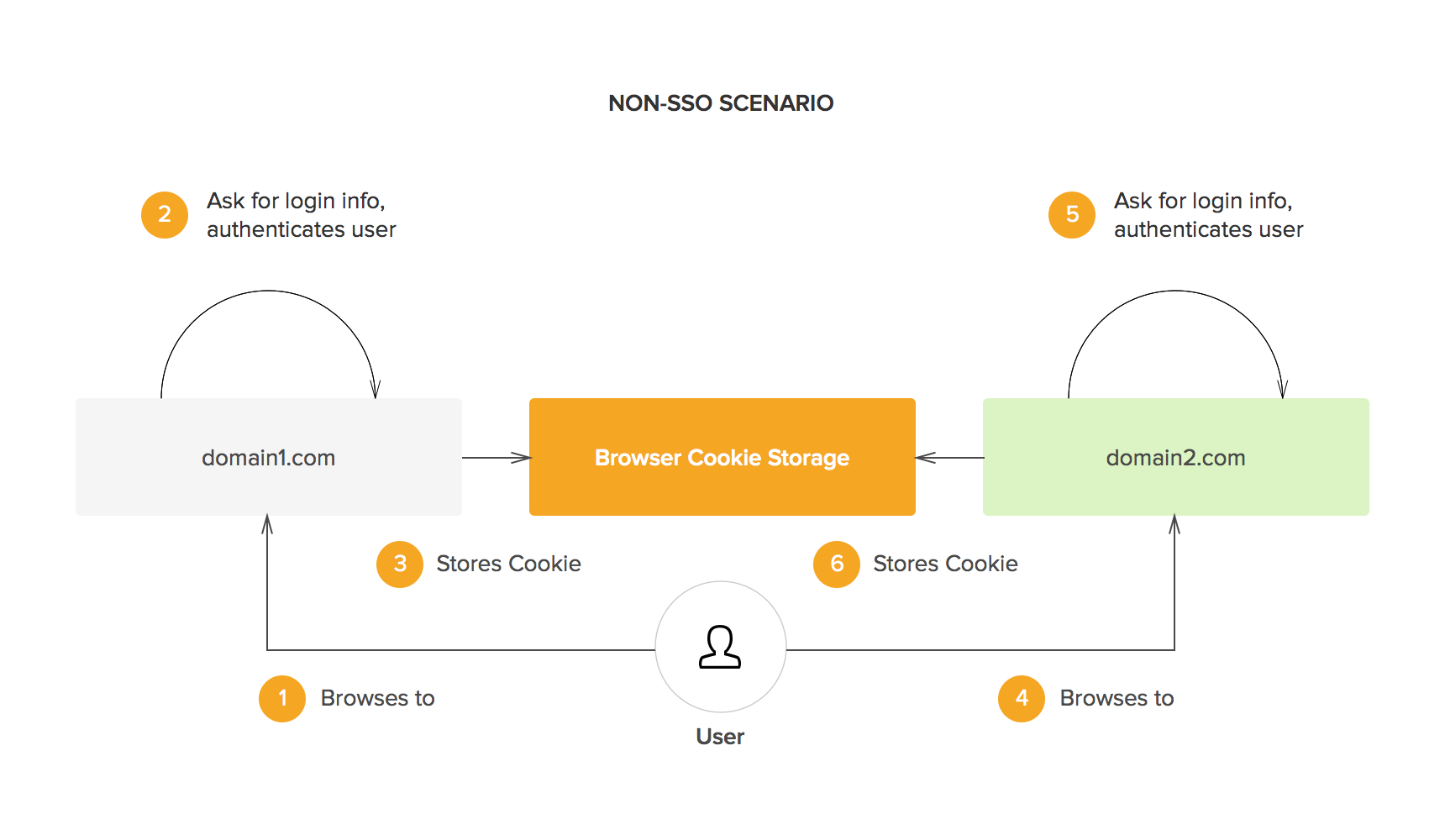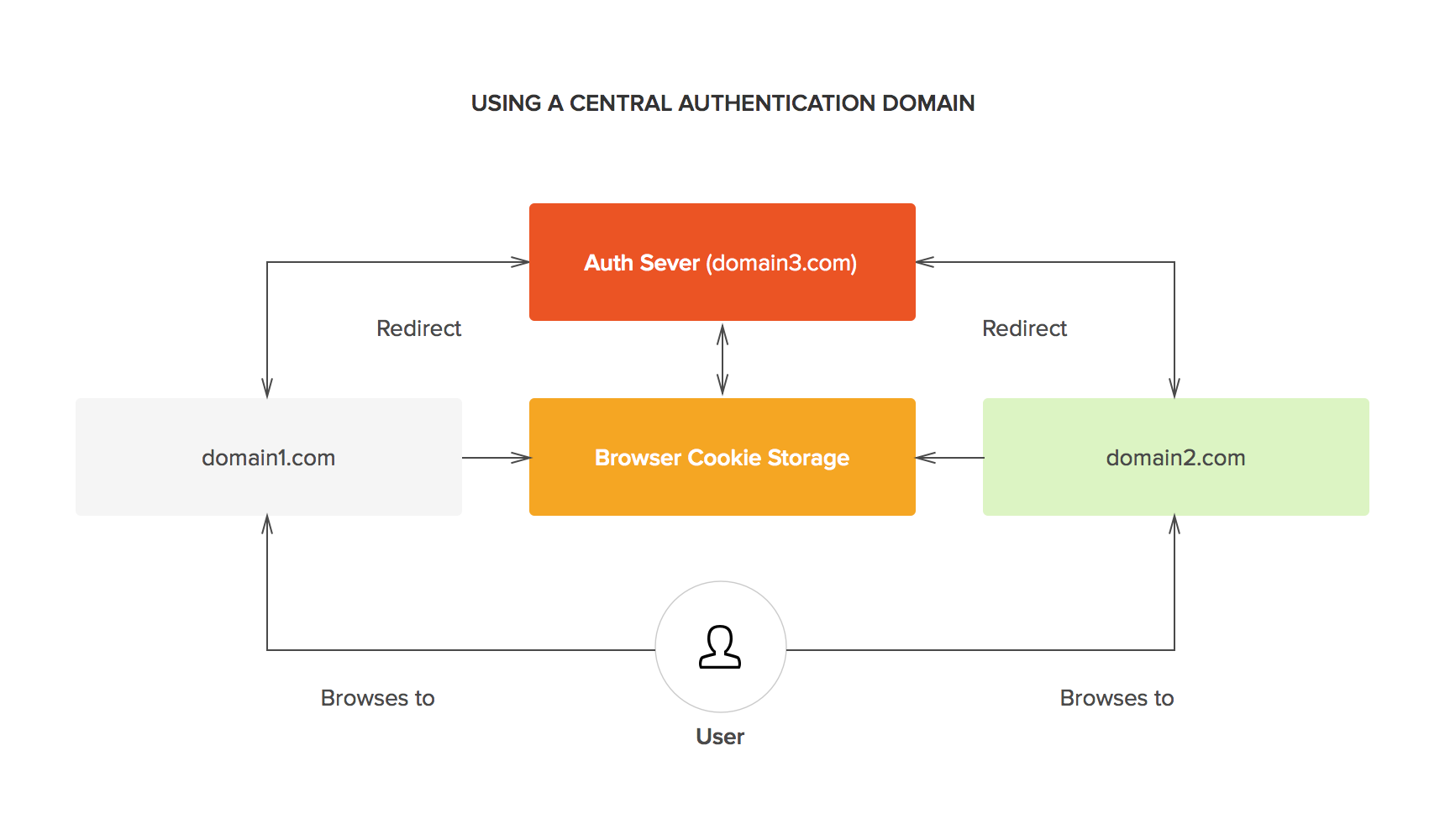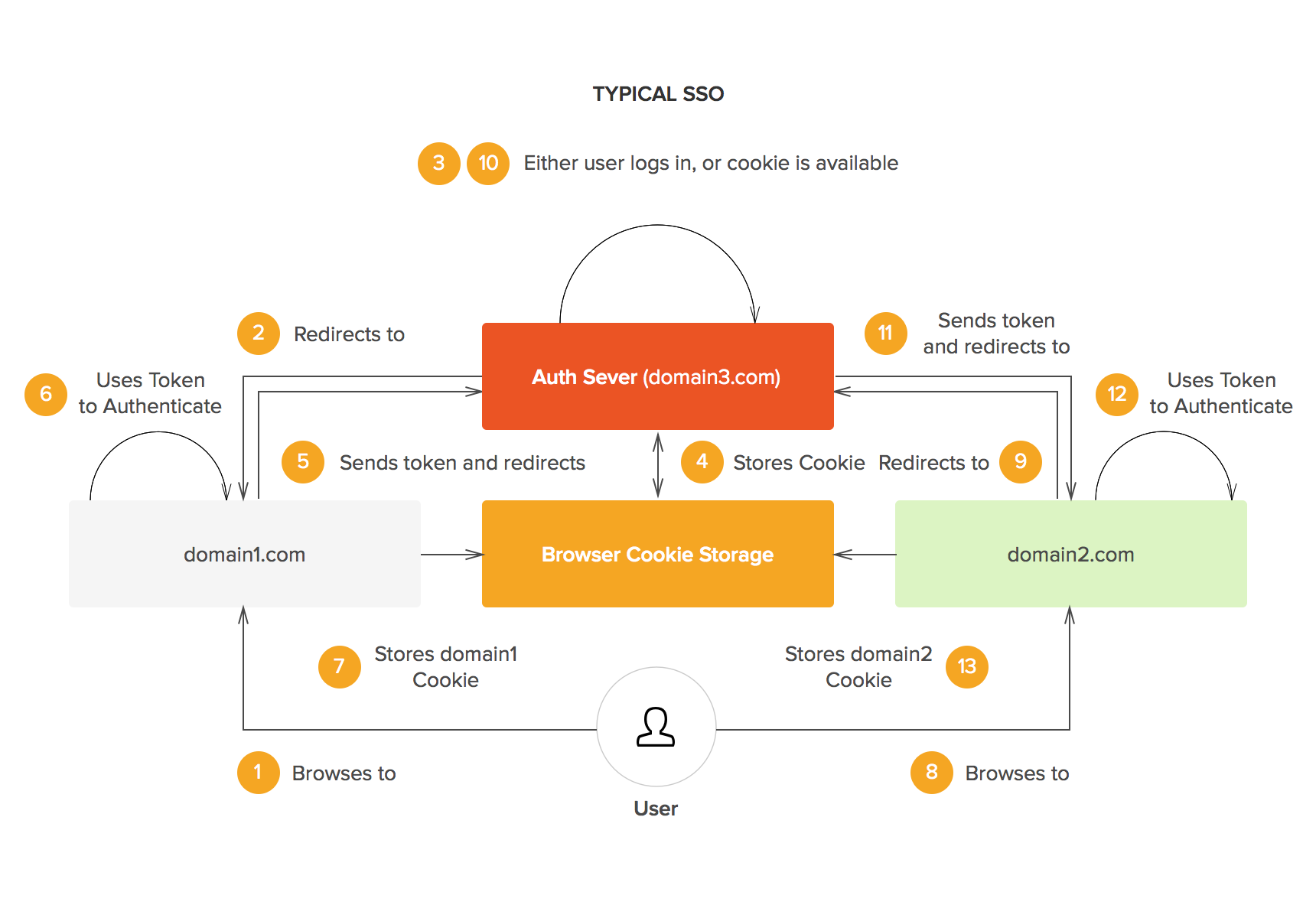Book that is going to change your vision about cycle of Life and Death and "NEVER DIE BEFORE YOU DIE " attitude.
Here is the best of this book for which I feel
"We must share our knowledge with other people. We all have ability far beyond we use. Some of us find it out sooner than others. That you should check your vices before you come to this point . If you do not than you carry them over with you to another life. ONLY WE CAN RID OVERSELVES..OF THE BAD HABITS that we accumulate when we are in physical state(When we are living). The masters cannot do that for us. IF you fight and not to rid yourself then you will carry them over into another life. And only when you decide you are strong enough to master the external problems, then you will no longer them in your another life."
"We also must learn not just those people whose vibrations are the same as ours. It is normal to feel drawn to somebody who is on the same as outs. But this is wrong. You must also go to those people whose vibration are Wrong....with yours. This is the important ...in helping ...these poeple."
"We are given intuitive powers we should follow and not try to resist. Those who resist will meet to danger. We are not sent back from each plane with equal power. Some of us possess power greater than others, because they have been accrued from other times. THUS PEOPLE ARE NOT CREATED EQUAL. BUT EVENTUALLY WE WILL REACH A POINT WHERE WE WILL ALL BE EQUAL."
"People who are in coma are in state of suspension .They are not ready yet to cross into other plane.....Untill and unless they have decided whether they want to cross or not. Only they can decide this. If they feel they have no more learning ...in physical state... then they are allowed to cross over. But if they have more learning, then they must come back, even if they do not want to. The rest period for them , a time when their mental powers can rest"
"THE EXPERIENCE IS ALAWYS NECESSARY TO ADD EMOTIONAL BELIEFS TO INTELLECTUAL UNDERSTANDING"
-in simple word to convert INFORMATION INTO KNOWLEDGE , experience is REquiRED.









